Power Flow Vs Slow Flow
Power Flow Vs Slow Flow One of the most beautiful aspects of yoga, is that it invites practitioners from all backgrounds, ability levels, and personal goals to share in the benefits of yoga and hopefully even transform the world towards peace and goodwill. The most popular style of yoga at the Asheville Yoga Center is […]
5 Reasons Steph Loves Ashtanga Yoga
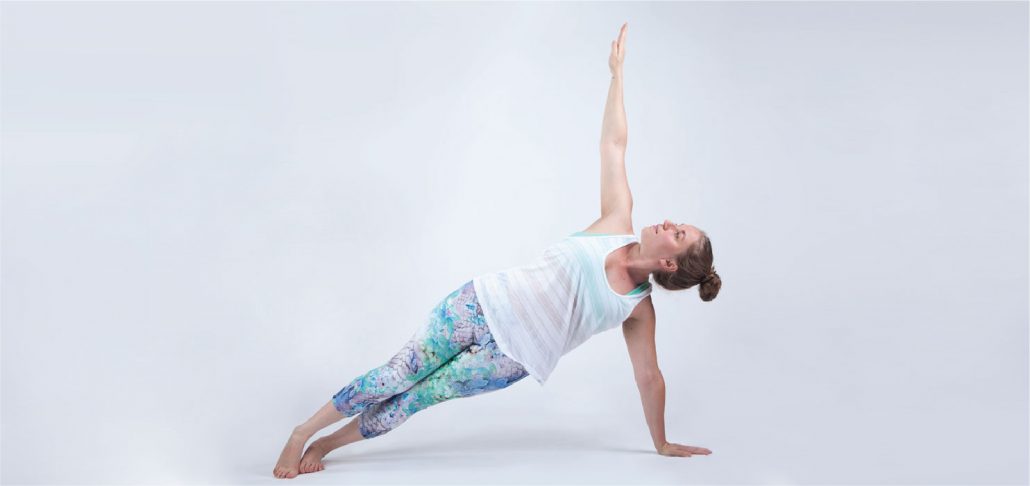
5 Reasons Steph Loves Ashtanga Yoga 1. Strength Building I have the genetics for flexibility, which makes Yoga a dream job. Except that flexible people get injured in Yoga three times more than non-flexies. We apparently go too far into the stretch, injuring the tissues around our joints. Yup, I see it all the time. […]
Instructor of the Month: Sara Levine
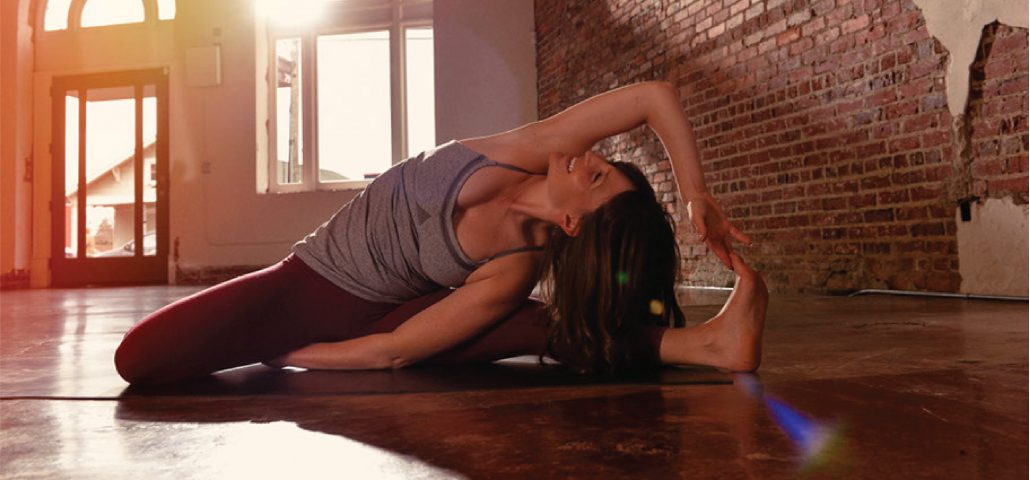
Instructor of the Month: Sara Levine Why do you teach yoga? Teaching gives me the opportunity to be joyful with those around me. As humans, we aren’t always able to be present and kind to ourselves and others, but when we’re on our mats, we are all equal – we are all graceful, clumsy, learning, […]
Instructor of the Month: Denise Daneck
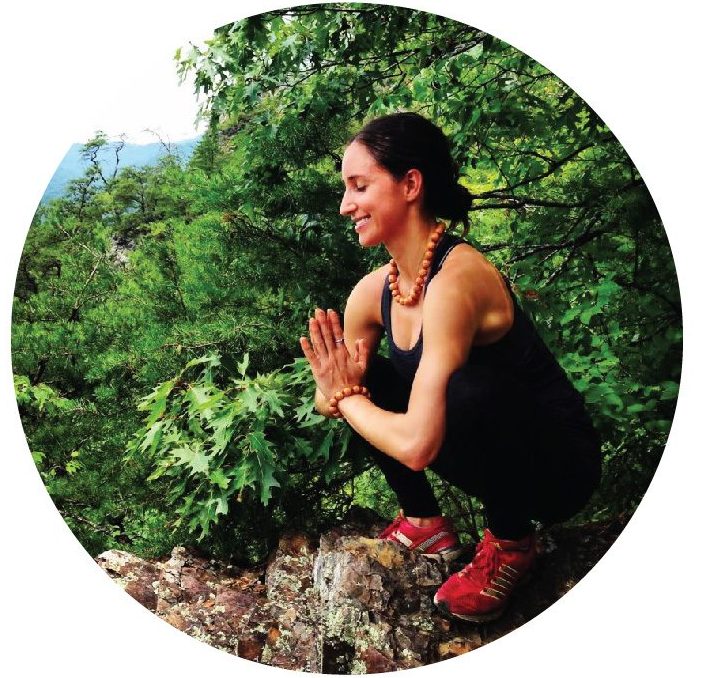
Instructor of the Month: Denise Daneck Why do you teach yoga? Yoga is amazingly healing on all levels. It is a gift to share and anyone who feels called to should! What an incredible opportunity to dissolve boundaries, connect unconditionally on a soul-level, and explore the power of collective group energy with sacred intentions! I […]
Instructor of the Month: Rich Fabio
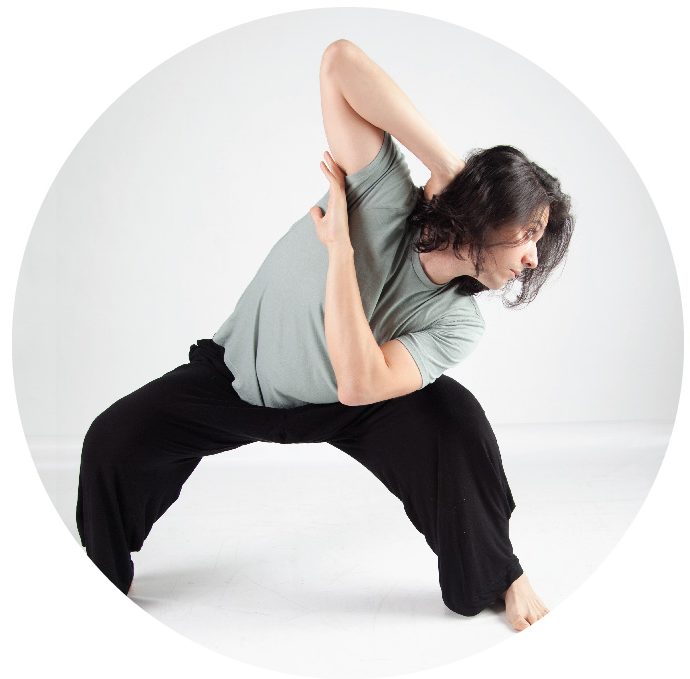
Instructor of the Month: Rich Fabio Why do you teach yoga? It agrees with me. Every other line of work I tried I wasn’t very good at. I used to work so I could be a yogi in my off time. Now, I see work as a contribution to society and my community. It is […]
Hot Yoga 101
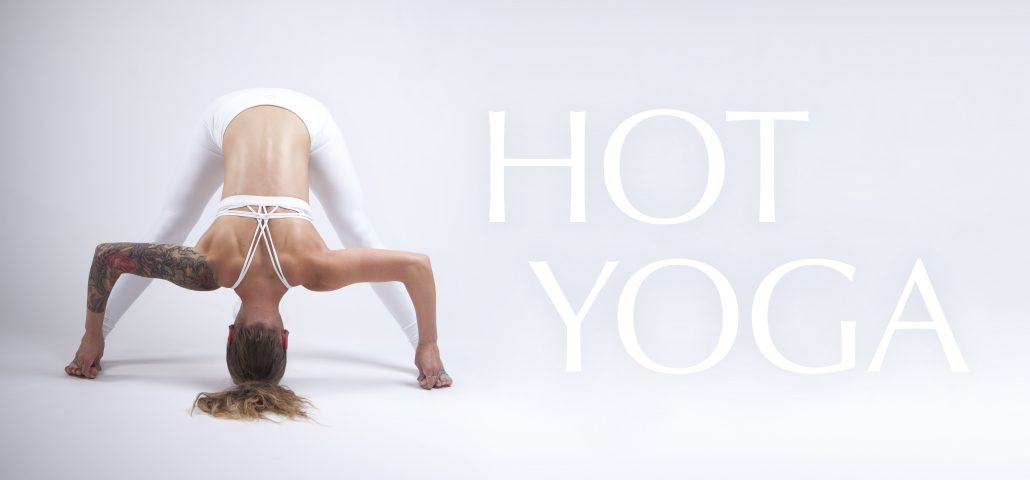
Hot Yoga 101 Some Like it Hot, Some Not. Hot yoga classes are one of the most popular styles of yoga in the U.S. today. Without debate, those that like hot yoga, really like hot yoga. Hot yoga isn’t everyone’s favorite, however. Whether it’s your thing or not, studies are showing while there are some […]
Confidence-Building Lessons for Your First Yoga Class
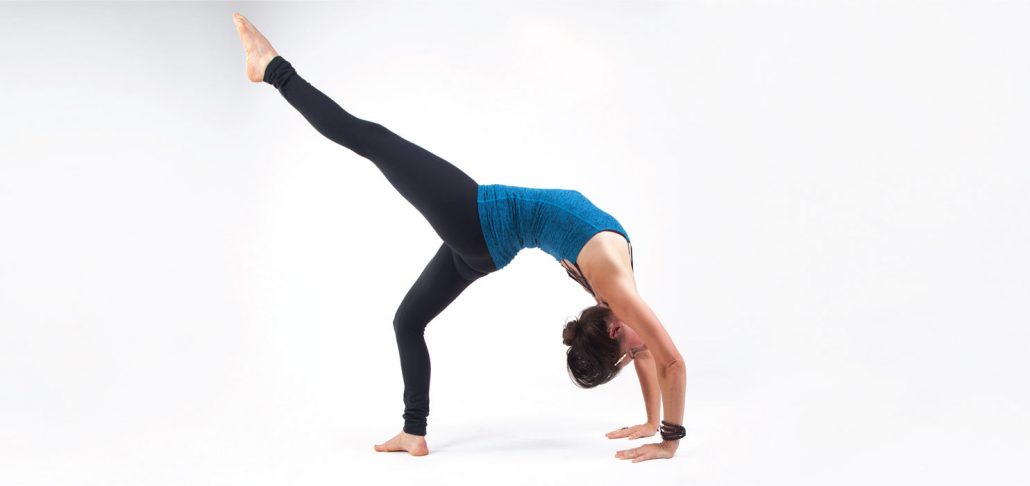
Confidence-Building Lessons for Your First Yoga Class Once you’ve finished your yoga instructor training, you must tell yourself you’re ready to actually lead a class. Your training at Asheville Yoga Center has prepared you for this moment. You’ve worked hard and even helped out in some classes. You know your postures backward and frontward. You’ve […]
The Components of Yoga Teacher Certification
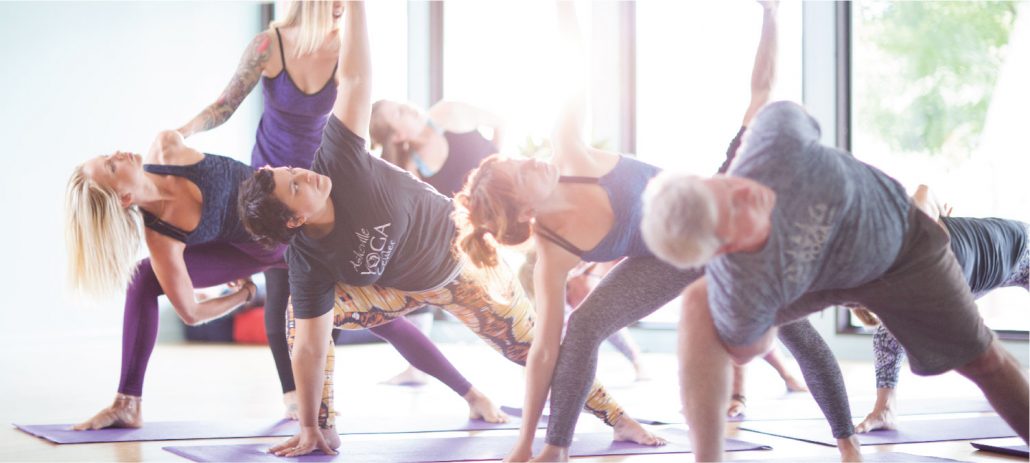
The Components of Yoga Teacher Certification When you begin your path toward becoming a yoga teacher, you may find that a variety of the requirements test your body, mind and spirit. Yoga teacher training will push you to the edge of your abilities. It’s necessary to bring out the best yogi or yogini in you. […]
Teach Yoga While Attending College
Teach Yoga While Attending College Yoga is a path to find your true self and to honor that journey in your life. As you know, yoga teacher trainings can help you strengthen and deepen your yoga practice, delve into your bliss and discover your true nature. Perhaps your daily practice and yoga teacher trainings have guided you to return […]
Focus & Communication — Two Skills a Yoga Teacher Needs
Focus & Communication — Two Skills a Yoga Teacher Needs In the universe of skills you need to develop during your yoga instructor training, two of the most vital are: learning how to focus and learning how to communicate effectively. Your training will teach you both skills, but first you must learn to listen. While […]
